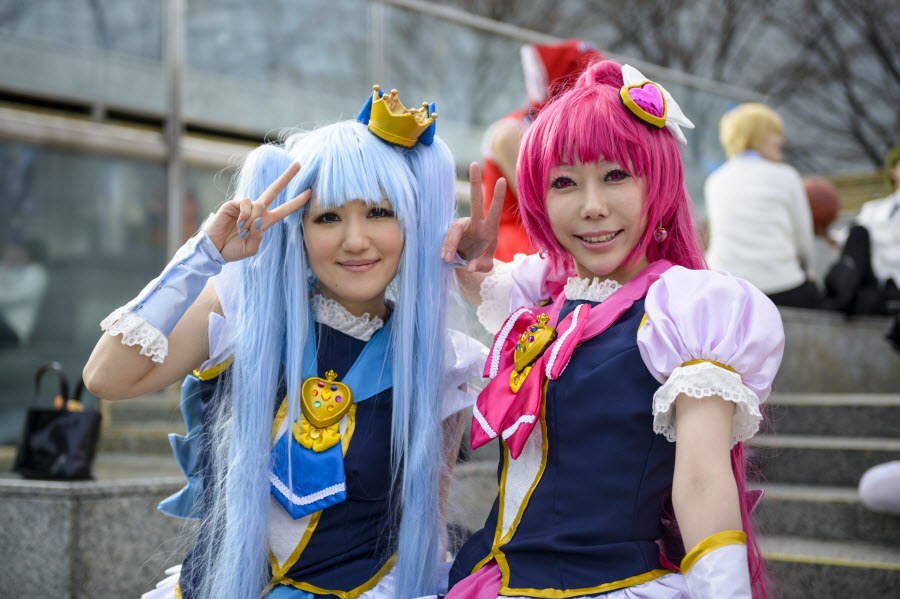An Overview of Harajuku Fashion
Taking its name from the area close to Harajuku Station on the Yamanote railway line in Tokyo, Japan, Harajuku fashion is a Japanese subculture that’s grown from the desire of the country’s young and fashion-conscious to experience something other than the everyday norm. Wanting to express their personality and using fashion in which to do so, every Sunday hordes of Japanese teenagers descend on Harajuku to socialize – and to be seen.
Harajuku Fashion

There is no one style that represents Harajuku fashion; it’s a subculture that embodies a whole range of looks, ideas, and trends. Some of the more “uniform” styles currently popular in Harajuku fashion include Visual Kei (“visual style”), a look influenced by Japanese musicians which involves the use of elaborate make-up and hair styles, and which, to the average westerner’s eye, would seem to bear similarities to the west’s glam rock and punk rock movements of the 1970s. Another style popular in Harajuku fashion is the Gothic Lolita or Gothic Loli, a look that combines an obvious cuteness with certain gothic styles including dark make-up and clothing accessories such as coffin-shaped handbags. Fashion designer and musician Mana, who has his own Gothic Lolita fashion label, is credited with popularizing this particular Harajuku trend. Cosplay (“costume play”) is another Harajuku fashion in which teenagers dress in costumes depicting anime or manga (Japanese comic) characters.
History

Harajuku grew into the Mecca for Japan’s young and style-conscious following the end of the Second World War when US soldiers and their families began inhabiting the area. Wanting to experience a culture different from their own, many Japanese started visiting Harajuku. In 1964, when the Summer Olympics were held in Tokyo, development of the area led to an influx of foreign visitors further helping to stamp Harajuku with a cool and modern image. Thereafter, the young people who converged on Harajuku became known as the Harajuku Tribe. Developing their own unique style of dressing, these young adults paved the way for the subculture that Harajuku has today grown to be.
Harajuku Girls

The English-speaking media use the term Harajuku girls to describe the teenage girls that frequent the area of Harajuku and dress in Harajuku fashion. The term is also used to refer to singer-songwriter and fashion designer Gwen Stefani’s four back-up dancers. Dressed in Harajuku style, the dancers first appeared in Stefani’s promotional material for her debut solo album, Love.Angel.Music.Baby, from which the track Harajuku Girls was released in 2004.

The Harajuku Girls have since appeared alongside Stefani in a number of her music videos and stage shows. As well as introducing Harajuku to mainstream America through her music, Stefani has also launched a fragrance line entitled “Harajuku Lovers,” which features five fragrances named after her dancers: Love, Angel (or Lil Angel), Music, and Baby (the fifth fragrance, called G, is named after the singer herself). The dancers’ initials, LAMB, also make up the name of Stefani’s clothing range, which is influenced by Harajuku fashion.
About the Author

Sergey Karpenko is a co-founder of Asian-links.com and an online shopping expert.
E-commerce evolves at a rapid pace. Mobile shopping, AR, AI, and big data are transforming the way we shop online. Sergey will keep you up to date with all the current technologies that are enhancing global e-commerce.
If you’d like to connect with Sergey, follow him on Facebook.